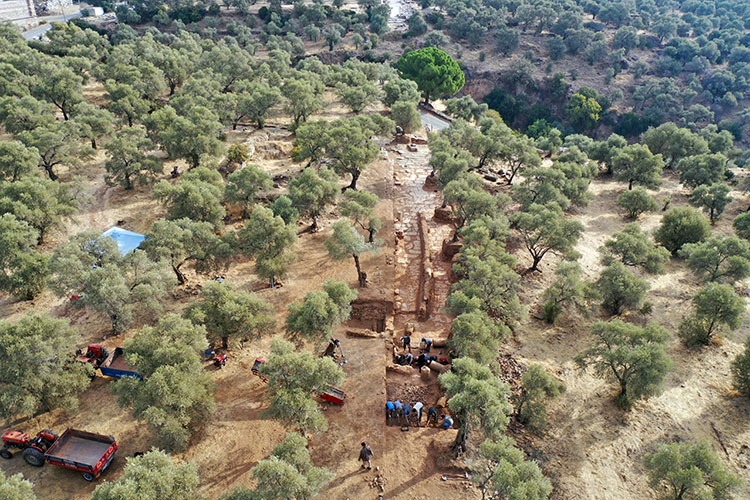
Archaeologists have begun work to uncover the historic “sacred road” leading to the Temple of Pluto
Excavations have begun to uncover the historical “sacred road” leading to the Temple of Pluto in the ancient city of Nysa in Aydın province on the Aegean Sea coast.
Founded in the 3rd century BC by Antiochus I Soter, the son of Seleucus, Nysa was established north of the Menderes River in the fertile basin created by the river. It became an important center during the Roman Empire.
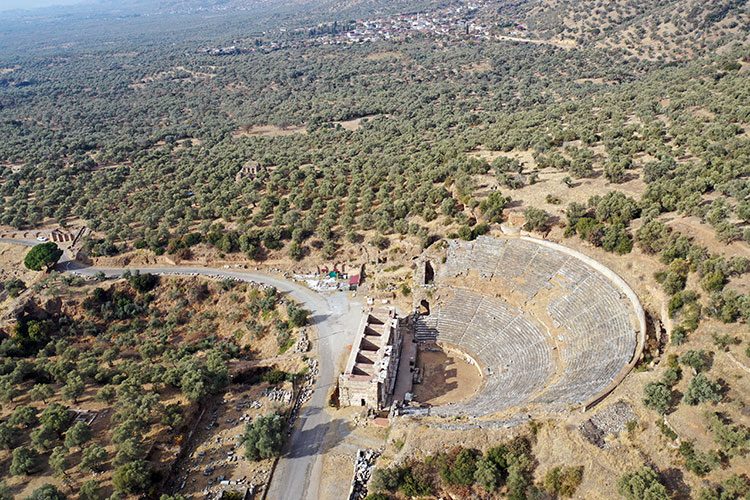
Excavation work that began in 1905 in Nysa, which is home to the Temple of Pluto and one of the best-preserved libraries in Anatolia, is being conducted under the leadership of Prof. Dr. Serdar Hakan Öztaner, a faculty member at Ankara University’s Faculty of Language and History-Geography.
The Temple of Pluto, built during the Hellenistic period but with very few remains, is located approximately 4 kilometers west of Nysa.
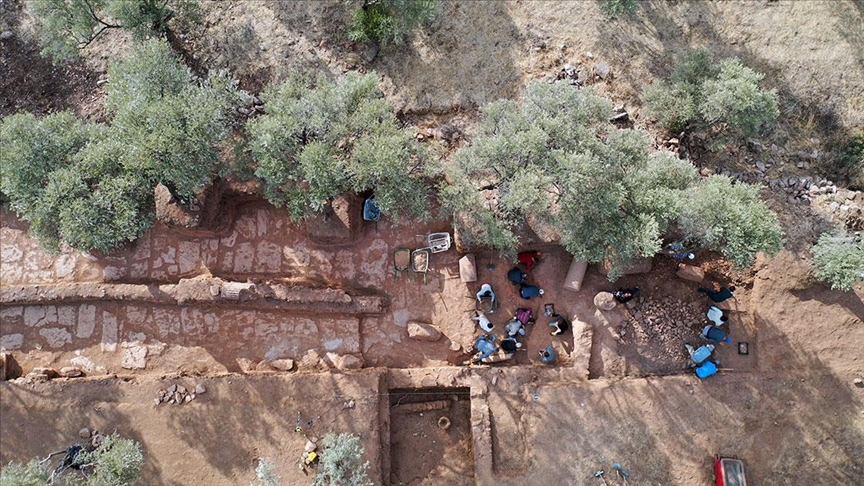
Excavation director Prof. Dr. Serdar Hakan Öztaner stated, “This area is very busy and lively as it served as the main street for those heading to the Temple of Pluto, which is located in the Akharaka region and is associated with a healing spring. People from here or surrounding cities, the pilgrims of that time, would use this street to reach the temple. We have opened 12 test pits along the street. There is fill soil that varies in depth from 1.5 to 2 meters, depending on the location and slope, and within this fill layer, we can capture very different periods. Considering the history of over 2,000 years since the construction of the street, you can see the layers stacked here. We can think of this place similarly to the sacred road between Miletus and Didyma. In fact, we can say that we are uncovering the Nysa-Akharaka sacred road.”
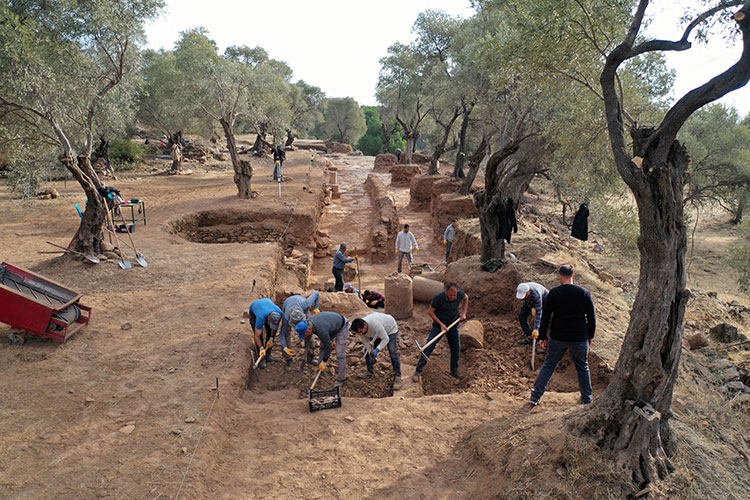
The excavation team has made nearly 100 meters of progress in the western section of the street this year.
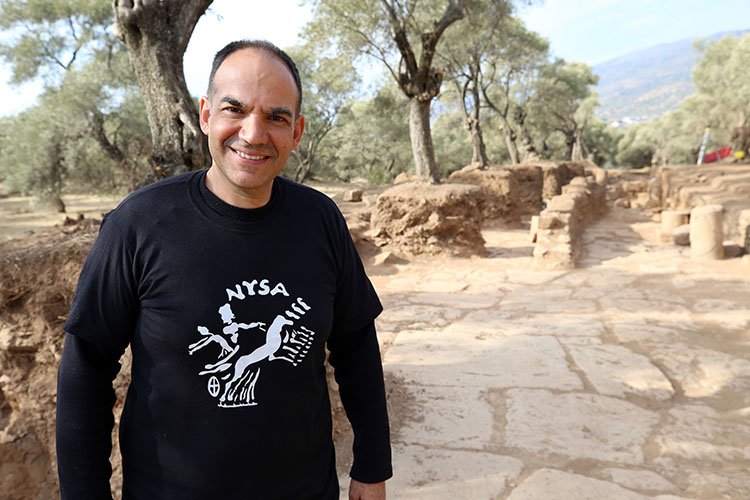
Öztaner stated, “In the coming years, we will continue the excavation work moving westward. One of our goals in Nysa is to allow visitors to explore the part of the city that constitutes the street and alley system, enabling them to feel the life of the ancient period. We aim to achieve this goal through our street excavations.”
Cover Photo: Ferdi Uzun/Anadolu Agency
You may also like
- A 1700-year-old statue of Pan unearthed during the excavations at Polyeuktos in İstanbul
- The granary was found in the ancient city of Sebaste, founded by the first Roman emperor Augustus
- Donalar Kale Kapı Rock Tomb or Donalar Rock Tomb
- Theater emerges as works continue in ancient city of Perinthos
- Urartian King Argishti’s bronze shield revealed the name of an unknown country
- The religious center of Lycia, the ancient city of Letoon
- Who were the Luwians?
- A new study brings a fresh perspective on the Anatolian origin of the Indo-European languages
- Perhaps the oldest thermal treatment center in the world, which has been in continuous use for 2000 years -Basilica Therma Roman Bath or King’s Daughter-
- The largest synagogue of the ancient world, located in the ancient city of Sardis, is being restored











Leave a Reply